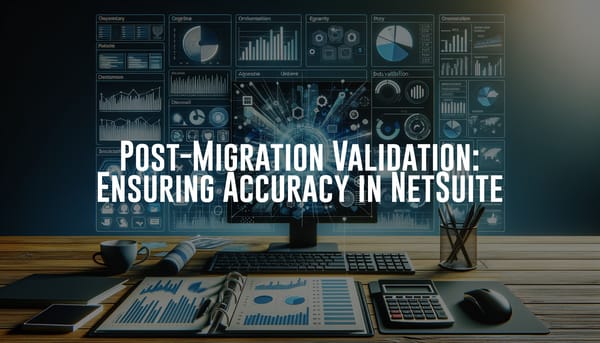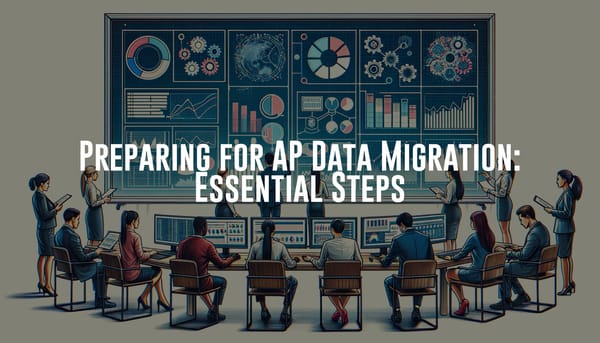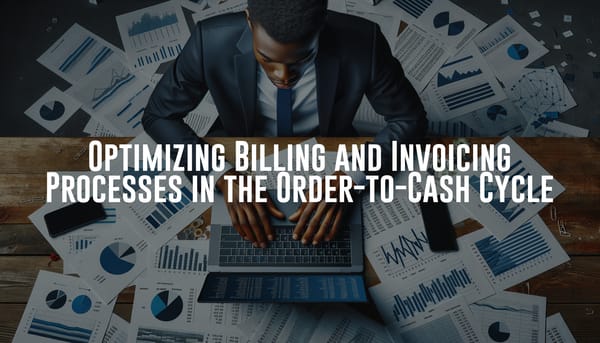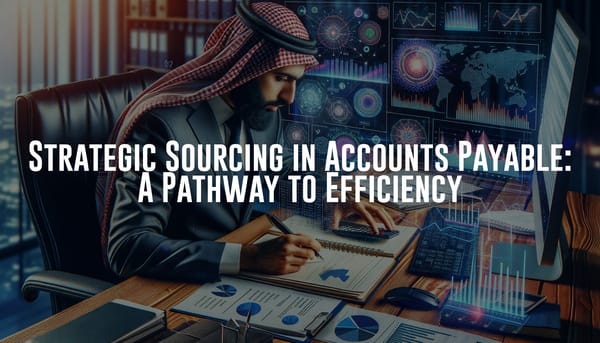Common AR Data Migration Issues and How to Resolve Them
Discover the common issues encountered during AR data migration and learn step-by-step solutions for each. Plus, tips to avoid these issues in future migrations.
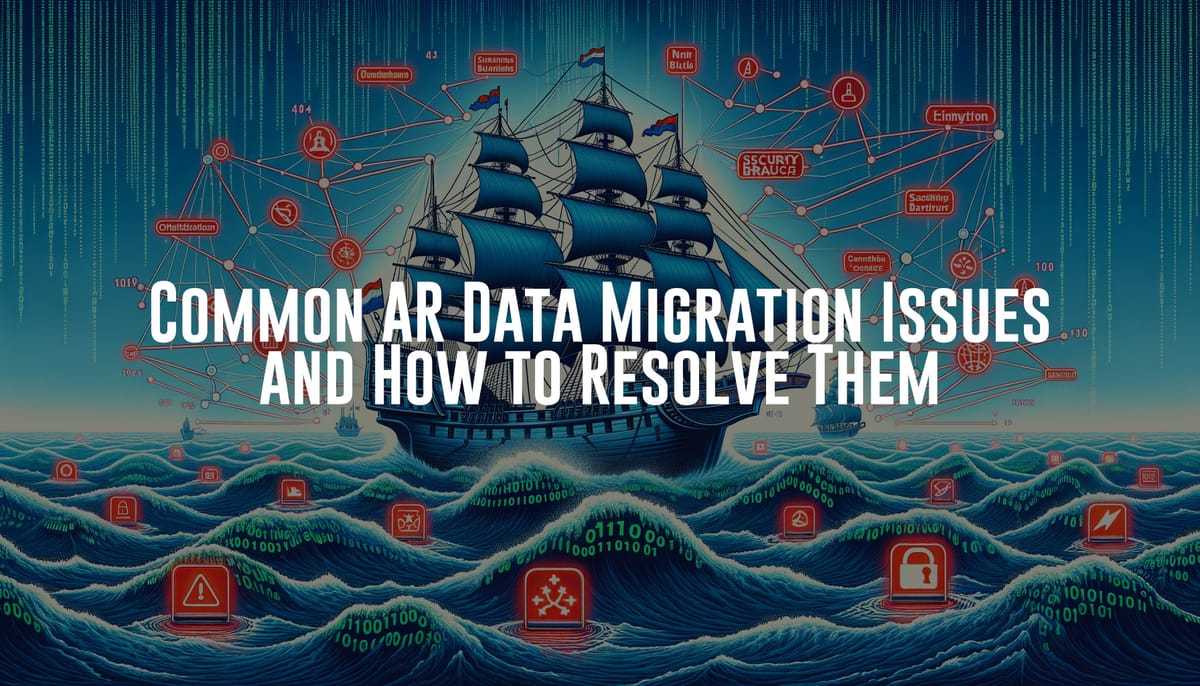
When it comes to AR data migration, the process can often feel like uncharted territory, filled with potential pitfalls. However, with careful preparation and a strategic approach, you can successfully steer through these challenges. Below, I’ve outlined some of the most common issues you might face during AR data migration, along with practical solutions and tips to future-proof your efforts.
Common Challenges and How to Overcome Them
Data Inconsistency and Corruption
The Issue: During migration, data inconsistency and corruption can lead to mismatched records, duplicates, or even data loss.
The Solution:
- Pre-migration Audit: Conduct a thorough audit of your data before starting the migration. Clean and standardize the data to ensure consistency.
- Backup Data: Always ensure you have a complete backup before migration begins. This serves as your safety net in case anything goes wrong.
- Use Data Validation Tools: Implement tools to check data integrity during and after the migration process.
- Incremental Migration: Consider migrating in smaller batches. This allows you to identify and resolve issues early, preventing large-scale problems.
Future-proofing Tip: Regularly perform data integrity checks and keep your data repositories clean to minimize inconsistencies before any future migrations.
Downtime and Disruption
The Issue: Unexpected downtime during migration can disrupt business operations, leading to potential losses and stakeholder frustration.
The Solution:
- Schedule Wisely: Plan migrations during off-peak hours to minimize operational impact.
- Communication: Keep all stakeholders informed about the migration timeline and any potential downtime.
- Parallel Systems: Set up parallel systems to handle critical functions during migration.
- Testing: Conduct extensive testing in a sandbox environment to anticipate and mitigate downtime risks.
Future-proofing Tip: Maintain a robust disaster recovery plan and regularly conduct drills to ensure quick responses to any disruptions during future migrations.
Incompatible Data Structures
The Issue: Differences in system architectures can lead to compatibility issues, complicating the migration process.
The Solution:
- Data Mapping: Create a detailed data map to identify discrepancies between source and target systems.
- ETL Tools: Use Extract, Transform, Load (ETL) tools to convert data structures to fit the new system.
- Custom Scripts: When automated tools aren’t enough, develop custom scripts to handle unique transformation needs.
Future-proofing Tip: Standardize data formats and maintain detailed documentation of your data structures to ease future migrations.
Insufficient Planning and Management
The Issue: A lack of comprehensive planning can result in mismanagement, scope creep, and even migration failure.
The Solution:
- Detailed Project Plan: Develop a thorough project plan that outlines each phase of the migration, assigns responsibilities, and sets timelines.
- Stakeholder Involvement: Engage stakeholders early in the planning process to ensure all requirements and constraints are considered.
- Project Management Tools: Utilize project management tools to track progress and address any deviations from the plan.
Future-proofing Tip: Conduct post-migration reviews to capture lessons learned and improve planning for future migrations.
Security Risks
The Issue: Data migrations can expose your systems to security breaches and data loss.
The Solution:
- Data Encryption: Ensure data is encrypted both in transit and at rest during migration.
- Access Controls: Restrict access to migration tools and systems to authorized personnel only.
- Security Audits: Perform regular security audits to identify and address vulnerabilities.
Future-proofing Tip: Implement a stringent security policy and regularly train your team to stay ahead of evolving security threats.
Looking Ahead: Tips for Future Migrations
With these challenges and solutions in mind, you’re better equipped to tackle AR data migration. But to ensure ongoing success, consider the following:
- Continuous Improvement: Always look for ways to enhance your data management practices to maintain clean and consistent data.
- Comprehensive Documentation: Keep detailed documentation of your systems, data structures, and migration processes to make future migrations smoother.
- Proactive Monitoring: Set up continuous monitoring and maintenance routines to catch and resolve issues before they escalate.
With careful planning and execution, you can navigate the complexities of AR data migration with confidence, ensuring smooth transitions and minimal disruptions.
Best regards,
John Cantrell


